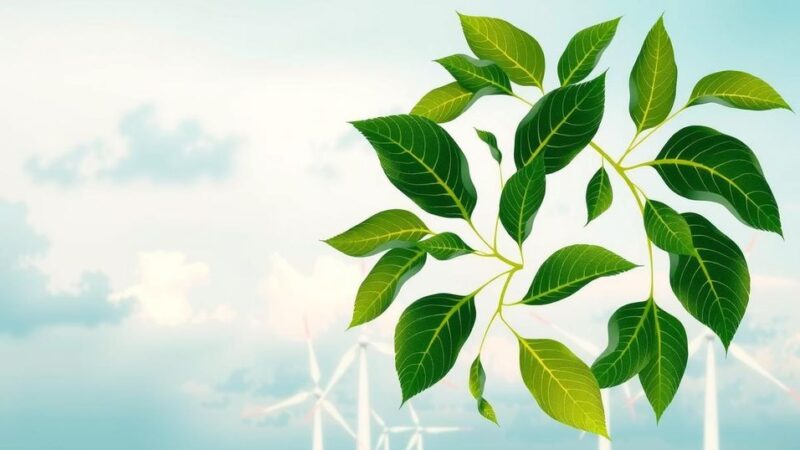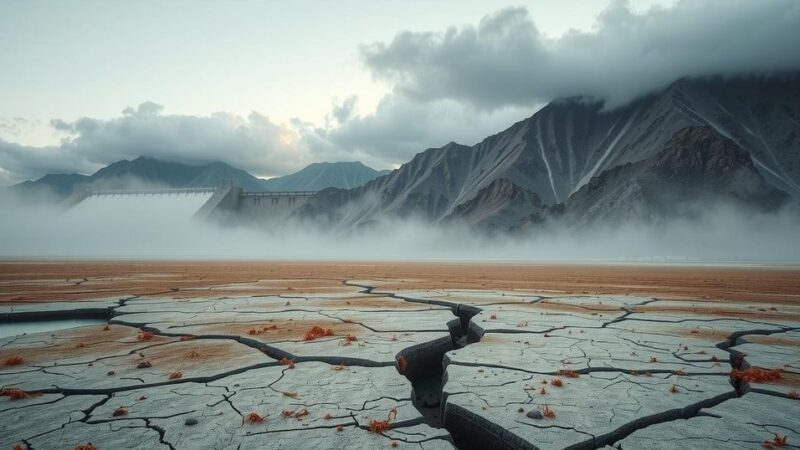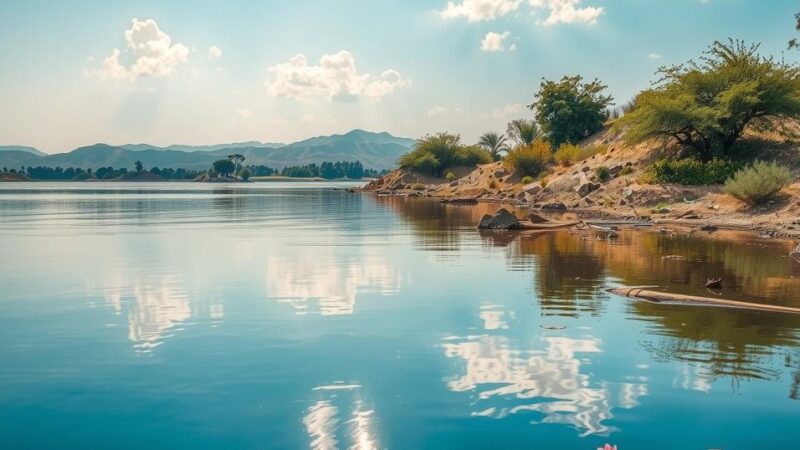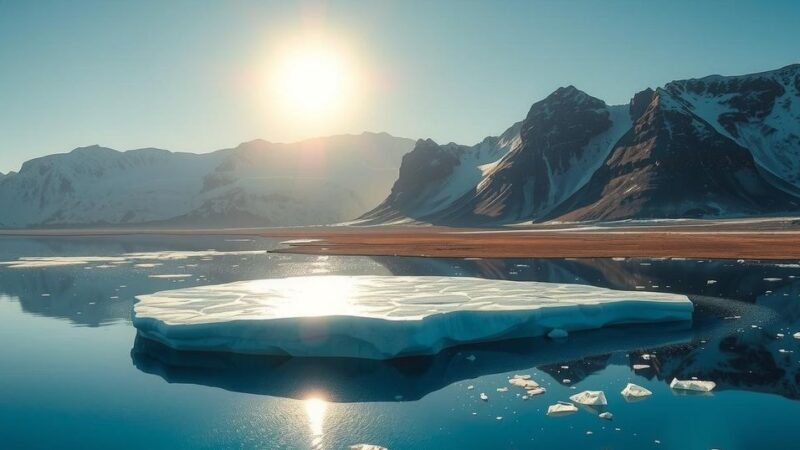By the end of 2024, nearly 200 nations will meet at three summits to discuss biodiversity loss, climate change, and plastic pollution. The conferences will focus on protecting 30% of land and water by 2030, reducing reliance on fossil fuels, and creating a global agreement on plastic waste. Experts emphasize the urgent need for comprehensive action as these issues are interconnected. Climate change predictions show potential temperature rises of 2.7°C by 2100, accompanied by a significant decline in wildlife populations. Plastic pollution poses a growing threat to ecosystems, and addressing these intertwined crises will be essential for effective conservation efforts.
In the upcoming months of 2024, close to 200 nations will convene at three pivotal summits aimed at addressing significant global crises: biodiversity loss, climate change, and plastic pollution. The first of these conferences will take place in Colombia, where discussions will center on the progress made towards the ambitious goal of safeguarding 30% of land and aquatic systems by 2030. Following this, COP29 will occur in Azerbaijan, providing a platform for nations to reaffirm their commitment to reduce reliance on fossil fuels that exacerbate climate change. Lastly, in December, South Korea is expected to play host to what could become the first global agreement aimed specifically at mitigating plastic waste. Despite the separate nature of these events, experts emphasize the interconnectedness of these issues. According to biologist Liette Vasseur, political scientist Anders Hayden, and ecologist Mike Jones, “Climate change, biodiversity loss and resource depletion are not isolated problems; they form an interconnected web of crises that demand urgent and comprehensive action.” The urgent matter of climate change remains central to these discussions. The rise in global temperatures poses critical questions regarding future climate predictions. Researchers Seth Wynes and H. Damon Matthews note that based on collective assessments of 211 climate experts, the projected rise in temperature could reach as high as 2.7°C by the year 2100 if current trends persist. The ramifications of this temperature rise are already evident, with increasing occurrences of severe flooding, intense heat waves, and intensified wildfires reported in regions experiencing just a 1.3°C increase. Furthermore, the capacity of natural ecosystems, such as forests and wetlands, to absorb carbon emissions is under threat, complicating climate predictions. A recent report by the World Wildlife Fund (WWF) reveals a staggering 73% decrease in monitored vertebrate populations since 1970, highlighting the potential for ecological collapse, particularly in biodiverse areas like the Amazon rainforest. Biodiversity scientist Alexander Lees emphasizes the reliance of flora on fauna for seed dispersion, reinforcing the concept that biodiversity services are crucial for maintaining healthy ecosystems. Plastic pollution, a lesser-discussed yet rapidly escalating threat, also warrants attention. The omnipresence of plastic waste—from bottles to microplastics—is adversely affecting wildlife and their habitats. As highlighted by Karen Raubenheimer, the toxicity of microplastics weighs heavily on organisms across various ecological levels. At the same time, plastic production remains deeply intertwined with fossil fuel consumption, necessitating a multi-faceted approach to addressing both challenges. Costas Velis articulates the urgency: “Every year without production caps makes the necessary cut to plastic production in future steeper—and our need to use other measures to address the problem greater.” The summits aim to address these complicated issues effectively but also raise questions about their scope and objectives. Political ecologists Bram Büscher and Rosaleen Duffy point out that while protections of 30% of global ecosystems are commendable, they may not sufficiently mitigate biodiversity loss. They suggest that simply creating protected areas may distract from the larger economic forces contributing to environmental degradation—including habitat conversion for urbanization and agriculture. In conclusion, the collective challenges of climate change, biodiversity loss, and plastic pollution necessitate a coordinated response that addresses their interrelated nature. The outcomes of the upcoming summits could potentially shape global environmental policy and conservation strategies, making it imperative for nations to act thoughtfully and decisively. By aligning efforts across these domains, an opportunity to forge a sustainable future emerges, one that recognizes the intricate connections between human activities and the natural world.
The article focuses on a series of international conferences set to take place in 2024, where nearly 200 countries will convene to discuss pressing environmental issues such as biodiversity loss, climate change, and plastic pollution. The meetings are pivotal as they aim to progress commitments made by countries towards safeguarding natural ecosystems and mitigating human impact on the environment. As the interconnectedness of these crises becomes increasingly clear, experts argue for comprehensive and urgent action to address these threats in tandem rather than in isolation.
In summation, the upcoming summits represent a critical juncture in the global effort to confront climate change, biodiversity loss, and plastic pollution. These issues, while often treated separately, are intrinsically linked and require an integrated approach that focuses on both mitigation and adaptation strategies. As nations prepare to meet, the discourse around these challenges will likely shape future policy and conservation measures, underscoring the importance of collaborative action to ensure a viable planetary future.
Original Source: phys.org






